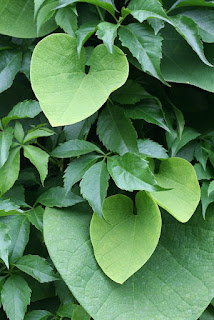Cocaine Proven Beneficial For The Heart
COCA LEAVES BENEFITS
Evidence of the use of coca leaves dates back to 1000 B.C. Today, the coca leaf is known as a distribution of a narcotic due to the alkaloids they contain that can be modified into the street drug. The second and third largest supplier of coca, Columbia and Bolivia, are trying hard to change that by asking the United Nations for help. The countries want to be able to distribute the plant legally, utilizing its medicinal and nutritional properties.
Coca Improves Mood and Energy
The earliest known use of coca was around 1000 BC, and an investigation into its use within Peru in the 19th century revealed it improved energy, mood, and sexual behavior's within the natives (Biondich, Amy Sue, and Jeremy David Joslin).
Peru Cultivates Coca Legally
Columbia is not the world largest supplier of coca, Peru is, followed by Bolivia and then Columbia. Coca leaves are cultivated legally within Peru and sold to drug and soft drink companies for their products (U.S Department of Justice).
A few months ago Columbia and Bolivia both asked the U.N if they can remove coca leaves from their narcotics list and be used again for its beneficial properties and sold commercially (Reuters).
According to the U.S Borders and Customs Protection, "It is illegal to bring coca leaves into the United States for any purpose, including for use for brewing tea or for chewing. Cocaine is a Schedule II narcotic and is derived from coca leaves and grown in Bolivia, Peru and Colombia"
A chef in Bogota Columbia utilizes the coca leaf for its vitamins and minerals inside some of the meals he offers at his restaurant, and is being recognized as being one of the next big superfoods (Schofield, Emma).
Coca Leaves Medicinal and Nutritional Benefits.
The coca leaf is great for weight loss, contains phosphorus, iron, calcium, vitamins a, e, and b2 as well.
Coca leaves are used to prevent soroche, and provides medicinal benefits as studied by French pharmacist Alfredo Bignon and his friend Sigmund Freud, who used it to overcome his morphine addiction (Bauer). The first widely known medicinal use for coca was as an anesthetic in 1884, despite its scientific work prior. Bignon during his cocaine papers of 1885 - 1887 discovered cocaine injections can be used to treat nervous conditions, stomach conditions such as cholera, and worked with multiple colleagues away from his native Peru that discovered uses for cocaine in surgery, for burn victims, heart, and even cure neurological issues in insane people (Gootenberg).
Conclusion
Coca leaves have an enormous amount of medicinal properties. Multiple doctors have spent years studying the natural plant even prior to its widely known use as anesthesia in 1884. The coca leaf has even been classified as a superfood due to its enormous amount of nutrients. The medicinal properties can be argued, however, the nutrients they possess cannot. Coca leaves are definitely beneficial to the human body and should be allowed to be distributed as a legal commodity as with any other herb or plant.
Works Cited
U.S Department of Justice. Coca Cultivation and Cocaine Processing. 1991.
Biondich, Amy Sue, and Jeremy David Joslin. “Coca: The History and Medical Significance of an Ancient Andean Tradition.” Emergency Medicine International, vol. 2016, 2016, pp. 1–5, www.hindawi.com/journals/emi/2016/4048764/, https://doi.org/10.1155/2016/4048764.




Comments
Post a Comment